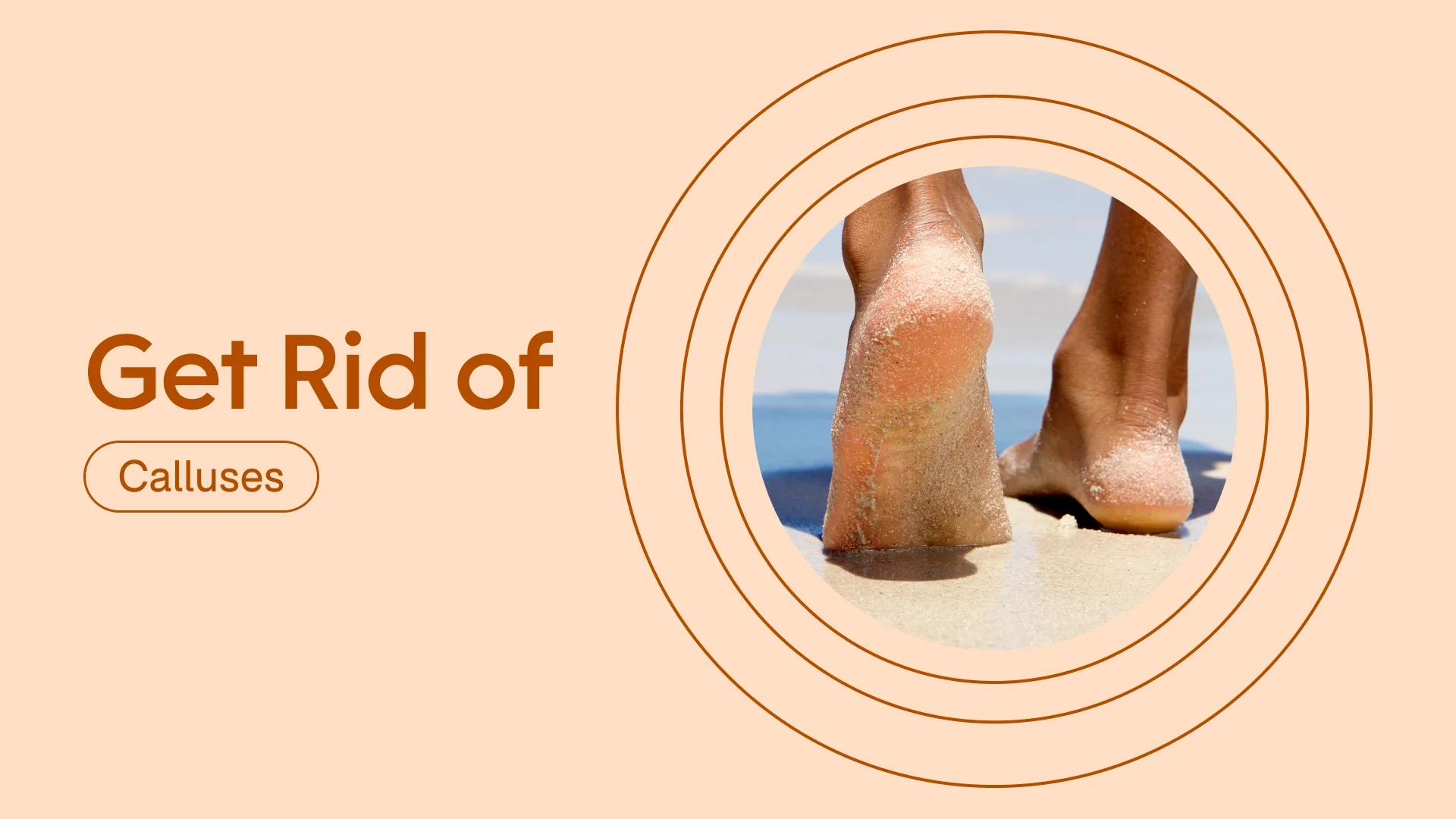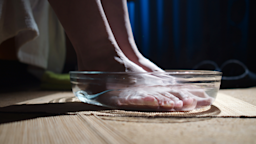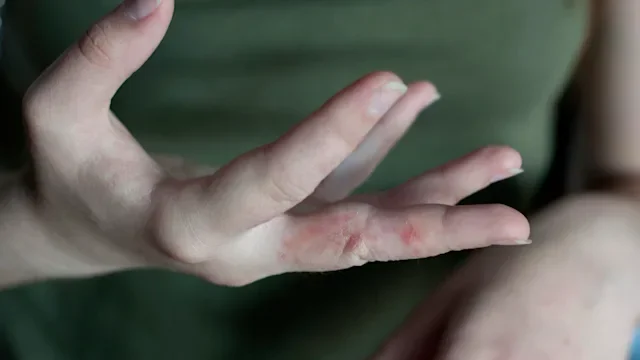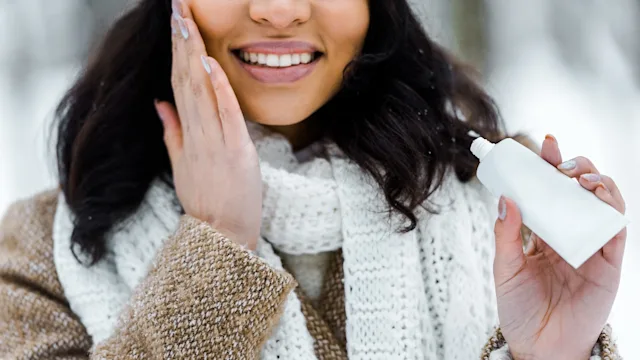Key takeaways:
Calluses are made of hardened, thickened dead skin cells at the surface layer of the skin. They are caused by repeated friction pressure and help protect your feet.
You can soften calluses to reduce them, but you shouldn’t try to remove them completely.
Slow and steady is the best technique for callus removal. Cutting into the skin can injure the tissue and even lead to infection.
Calluses on the feet can be caused by all sorts of things. Maybe you’re a runner or you like to go barefoot in the summer. Or maybe you’ve been wearing shoes that don’t fit quite right.
Calluses are the body’s natural way to protect delicate skin. Your feet, along with toes, hands and fingers, are the most common areas where calluses develop.
Use a ‘slow and steady’ technique to remove dead skin
Amber Thomas, a licensed natural nail specialist from Zephyrhills, Florida, and the founder of the Healthy Nails Collaborative, warns against aggressive removal of calluses.
Search and compare options
Calluses build up slowly, and if the dead skin is removed too quickly, Amber says, it can actually make them come back faster. She recommends using a foot file every few days for 30 seconds at a time to gradually file off the dead skin.

“Don't take it all off at once, because your body expects it to be there and needs it,” she says. “Slower is better. And moisturize, especially with a good barrier cream. You can beautify a callus, but don't remove it all.”
Wear moisturizing socks
Frequent professional salon pedicures aren’t always practical or budget-friendly. Amy Allen Clark, 45, of Elkhart, Indiana, has found that it’s more affordable to combat calluses by wearing special socks infused with a moisturizing gel. There are many similar products infused with creams and oils known for their moisturizing benefits, such as shea butter, argan oil, rose oil, jojoba oil, and vitamin E.
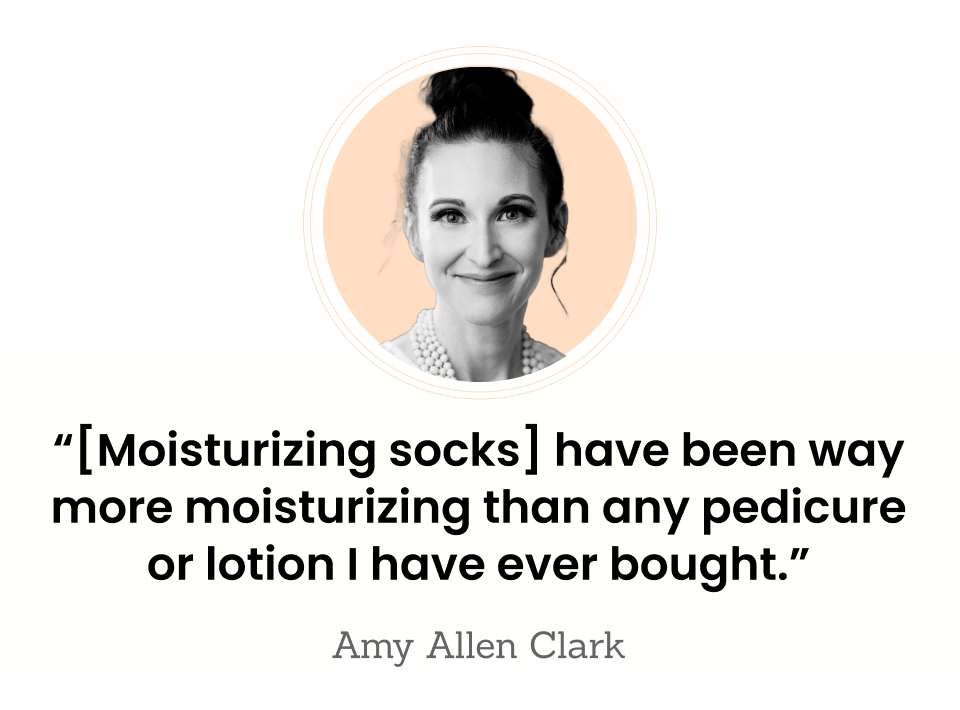
“You can wear them for 30 minutes or overnight,” Amy says. “They require no messy lotions and have been way more moisturizing than any pedicure treatment or lotion I have ever bought. I feel like I am giving myself a pedicure by just walking around my house in my pajamas.”
Try an anti-chafing stick
Jackie Parker, a 56-year-old communications manager in Fort Myers, Florida, uses a multi-purpose anti-chafing stick to keep calluses at bay. She has a bunion on her left foot and finds that anti-chafing balm prevents her shoes from rubbing and causing discomfort.
The active ingredient in it is allantoin, a moisturizing chemical compound commonly used in shampoos, acne products, scar creams, and lotions.
Read more like this
Explore these related articles, suggested for readers like you.
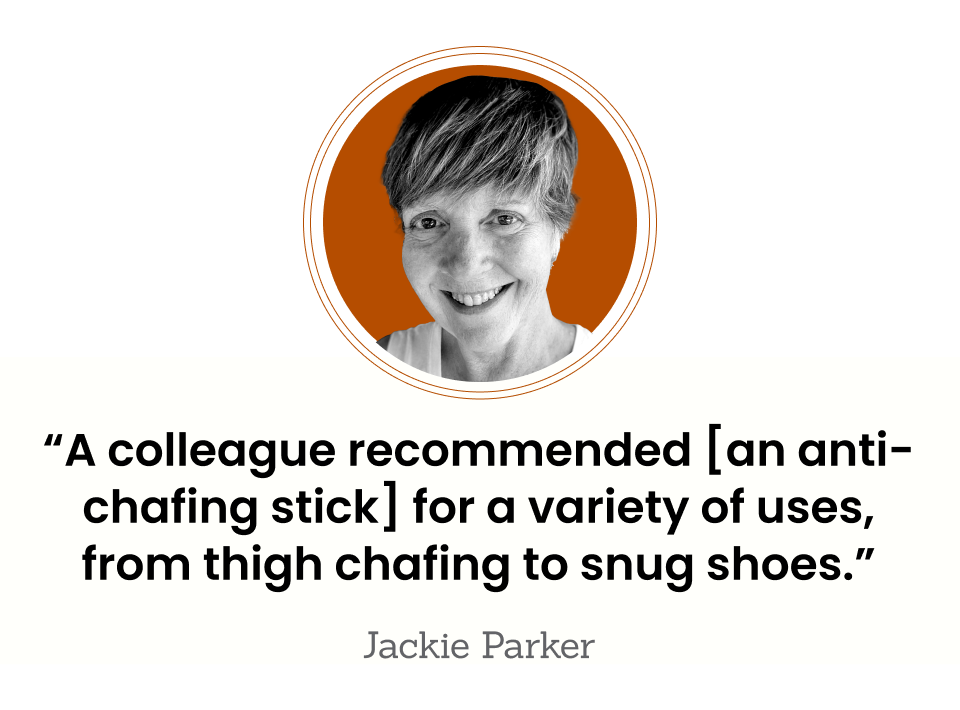
“A colleague recommended it for a variety of uses, from thigh chafing to snug shoes,” says Jackie, who is a podcast host and frequent traveler. “It really does work. In Florida, the need for socks isn’t what it is up north. So when sandals rub, I put it on my heel and I’m good to go. It looks like a deodorant stick, but it is easy to apply, has no odor, and works.”
What does the doctor say?

Patricia Pinto-Garcia, MD, MPH
Medical Editor
A callus is just extra keratin. Keratin makes up the top-most layer of all your skin. Calluses are made up of “dead cells,” but so is the rest of your skin. And like the rest of your skin, a callus is there for a reason.
If any part of your body is frequently exposed to friction, your skin will form a callus to protect and cushion that area. So if you really want to get rid of foot calluses, you need to change the pressure and friction your feet are experiencing. This could mean using new shoes or shoe inserts. It could also mean getting gait analysis to see if the way you walk or run is contributing to your callus.
Many people file down their calluses. But they will eventually come back if you’re still applying pressure to your feet in the same spots. And aggressively filing them down can lead to injury and infection, especially if you have conditions that affect your circulation, like diabetes or peripheral artery disease.
The easiest way to deal with calluses is to minimize their appearance. Regularly moisturizing your feet is a safe and effective way to do this. Keratin soaks up moisture, softening the calluses, and softened calluses aren’t as noticeable. Look for a thick cream or ointment that contains at least 10% urea. Apply it to your feet once or twice a day, and put on cotton socks to lock in the moisture. You can also add an extra layer of moisture with Vaseline or Aquaphor, which has the added benefit of keeping the urea cream in place.
You can talk to your healthcare provider about prescription-strength urea creams if you can’t find a product that works for you. Some people develop stinging and redness when using urea cream. If you experience these side effects and they don’t go away within a few minutes, stop using the cream. If you’re pregnant or breastfeeding, talk to your provider before using urea cream.

Why trust our experts?




